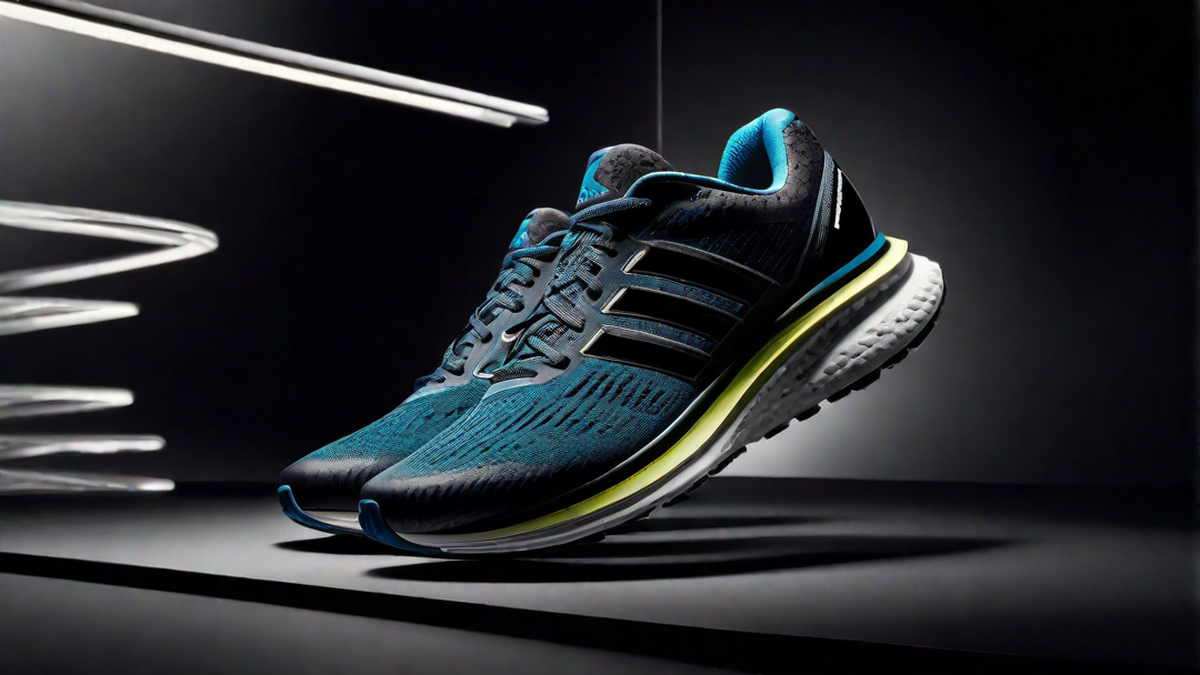When it comes to running shoes, there is a lot more than meets the eye. As a avid runner myself, I understand the importance of finding the perfect shoe that not only enhances performance but also provides the necessary comfort and support. In this article, I will go deep into detail about what makes a shoe a running shoe.
The Anatomy of a Running Shoe
A running shoe is designed specifically for the biomechanics of running. It consists of several key components that work together to provide the runner with the optimal experience.
1. Upper
The upper part of a running shoe is responsible for providing stability and support to the foot. It is typically made of lightweight and breathable materials such as mesh or synthetic overlays. The upper should fit snugly around the foot to prevent any unnecessary movement, but at the same time, it should not be too tight to cause discomfort.
2. Midsole
The midsole is the part of the shoe that lies between the upper and the outsole. It is the main component responsible for cushioning, shock absorption, and energy return. Most running shoes feature a midsole made of EVA (ethylene-vinyl acetate) or PU (polyurethane) foam, both of which are lightweight and provide excellent cushioning.
3. Outsole
The outsole is the bottom part of the shoe that comes into contact with the ground. It is crucial for providing traction and durability. Running shoes often have a rubber outsole with strategically placed grooves and patterns to enhance grip on different surfaces. The material used for the outsole should be durable enough to withstand the wear and tear of running.
4. Heel Counter
The heel counter is a firm cup-like structure located at the back of the shoe around the heel area. It provides stability and prevents excessive movement of the foot inside the shoe. A well-designed heel counter can help reduce the risk of ankle sprains and improve overall running efficiency.
Key Features to Look For
Now that we have covered the basic anatomy of a running shoe, let’s dive into the key features that make a running shoe stand out:
1. Cushioning
Proper cushioning is essential to absorb the impact forces generated during running. Look for shoes with adequate cushioning in the midsole to protect your joints and reduce the risk of injuries.
2. Support
A supportive shoe is crucial for maintaining proper alignment of the foot and preventing excessive pronation or supination. Look for shoes with features such as arch support or stability systems to ensure that your foot is well-supported throughout your run.
3. Breathability
Running can make your feet sweat, so it’s important to choose shoes with good breathability to keep your feet cool and dry. Look for shoes with breathable mesh or upper materials that allow proper airflow.
4. Flexibility
A running shoe should have the right balance of flexibility and structure. It should allow for natural foot movement while providing enough support. Flexibility in the forefoot area is particularly important for a smooth and efficient toe-off.
Choosing the Right Running Shoe
Now that you have a better understanding of what makes a running shoe, it’s time to find the perfect pair for you. Remember, everyone’s feet are unique, so what works for someone else may not work for you. Here are a few tips to help you choose the right running shoe:
- Get your feet measured professionally to determine your correct shoe size and width.
- Consider your running style and biomechanics. If you overpronate or have any other specific gait issues, look for shoes that cater to your needs.
- Try on different models and brands to find the one that feels the most comfortable and supportive on your feet.
- Take into account the type of terrain you will be running on. Different shoes are designed for road running, trail running, or a combination of both.
Conclusion
Choosing the right running shoe is a highly individual process. It requires considering factors such as comfort, support, cushioning, and fit. By understanding the anatomy of a running shoe and knowing what features to look for, you can make an informed decision that will greatly enhance your running experience. Remember, investing in a high-quality running shoe is an investment in your performance and overall foot health.

